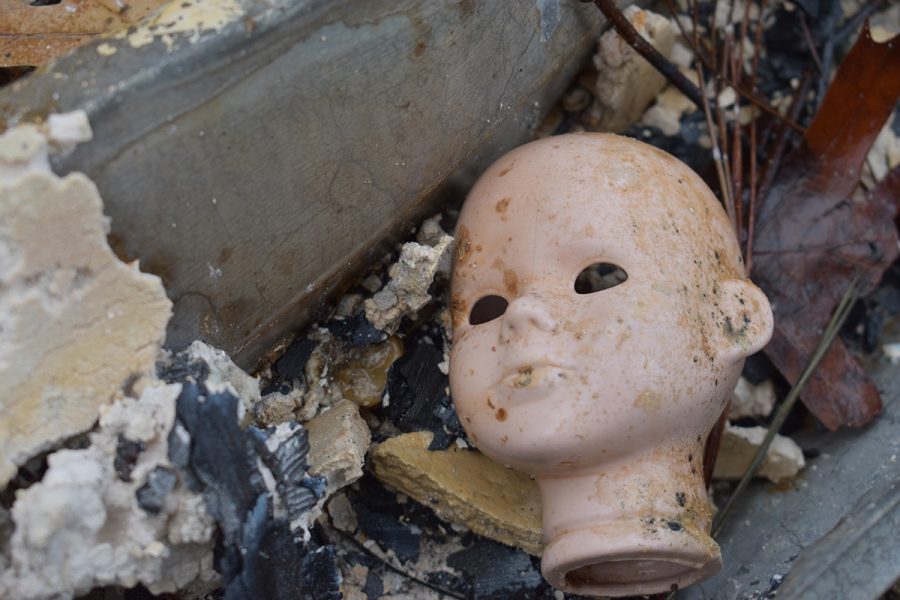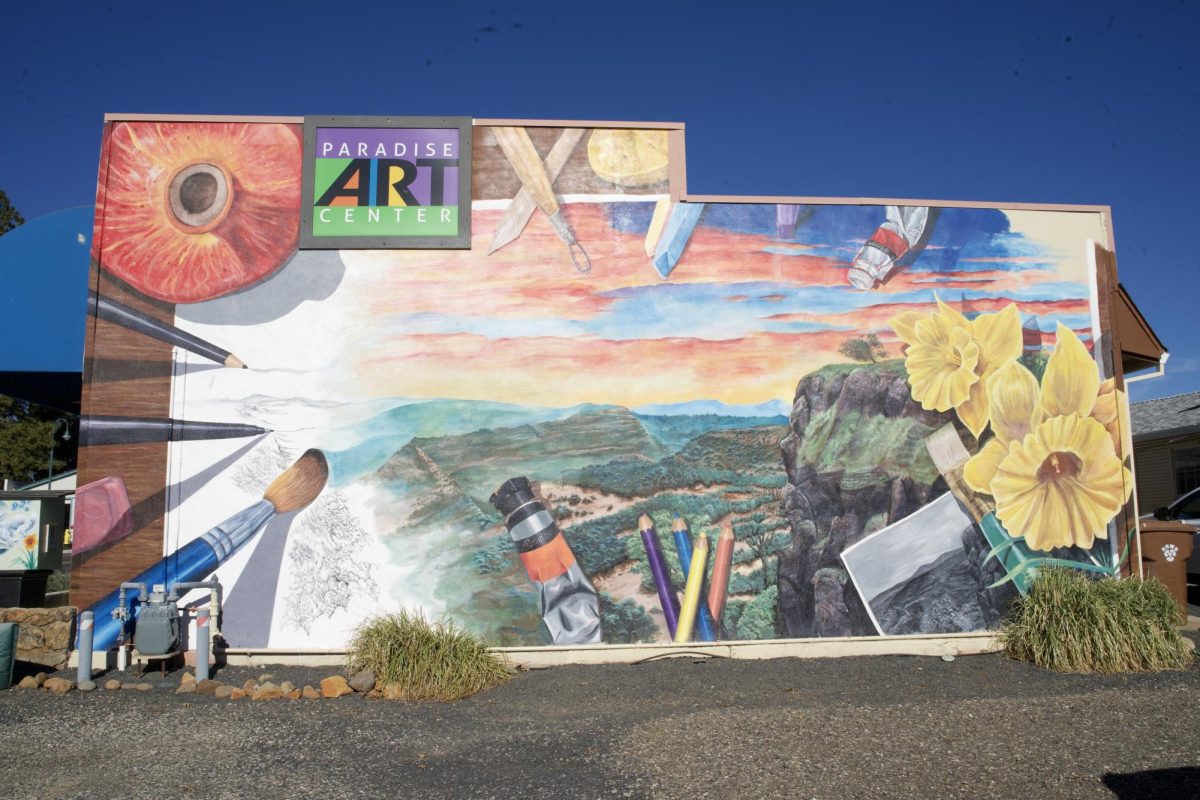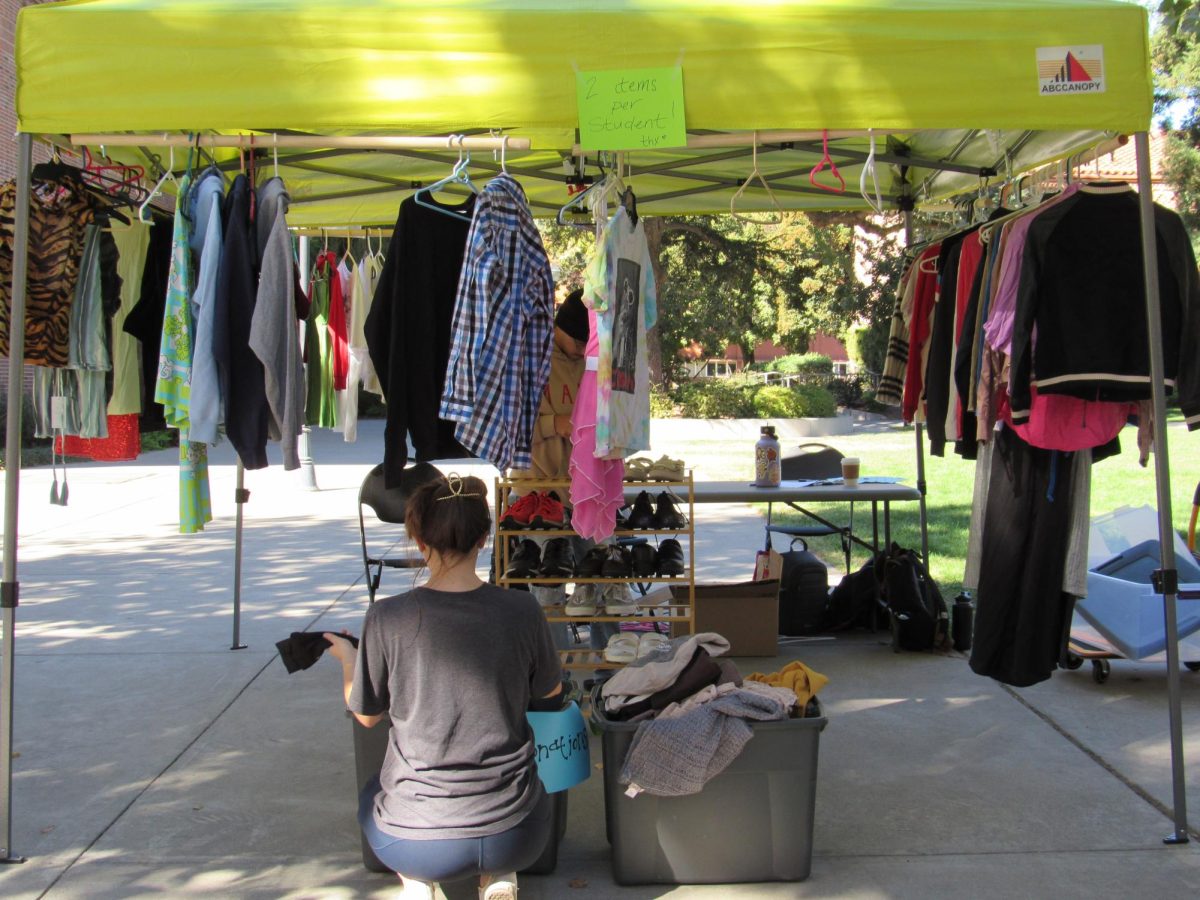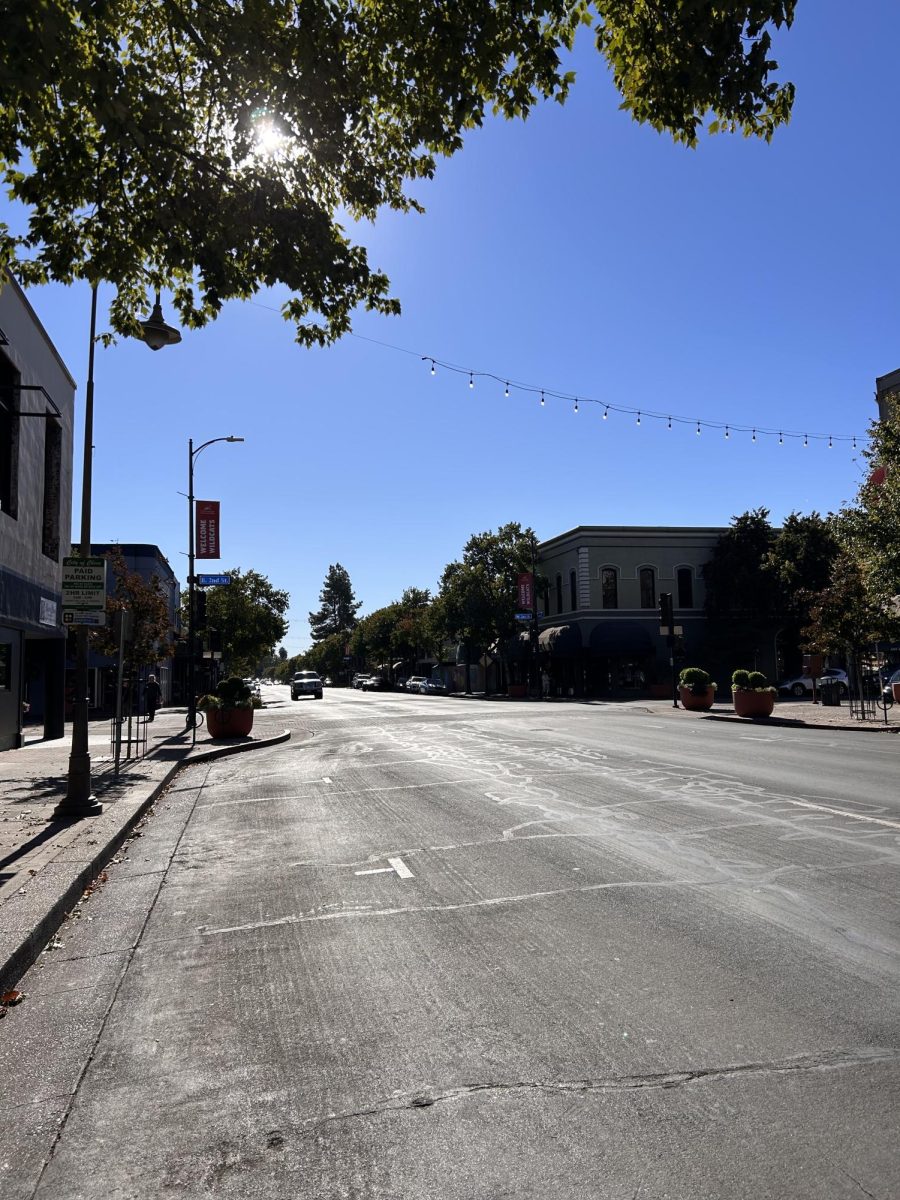Photographs by Alex Boesch.
[dropcap]R[/dropcap]aging flames, whirring fans and chirring saws compete for attention in the Ayres Hall workshop. “Shake, Rattle and Roll” can barely be made out amidst the chaos.
The Blacksmith Club began this semester, and it is heating up — to 1,300 degrees.
Gabriel Maddox, a senior applied computer graphics major, instigated the club. The adviser, David Barta, worked to get it approved for a year and now the group meets every Tuesday.
“I went to David one day and said, ‘I want to make a sword,'” Maddox said.
[quote float=”left”]I like taking raw materials and making something interesting or beautiful out of it. – Robert Bird, education graduate student[/quote]
The profession is special because it’s something that can’t be seen just walking down the street today, he said. The art seems to be making a comeback and becoming more popular.
Justin Urrutia, a junior mechanical engineering major, joined the group after being inspired by his uncle, who is a master blacksmith in Europe. Urrutia is currently making a tripod to take camping.
“I’ve always liked doing shop and metalwork,” Urrutia said. “Right now it’s kind of a fun expense.”
Urrutia put three pieces of metal into the forge, which is the blacksmith’s stove. The forge was set at 1,300 degrees so he could manipulate the ends to make one pointy and one flat.
“Once you heat steel, it gets to the consistency of a hard clay, and you can shape it however you want,” he said.
Robert Bird, an education graduate student, recently made a premedieval, Greek-style helmet out of mild steel. He is a member of the Society for Creative Anachronism and will use the helmet in combat at One Mile Recreation Area in Bidwell Park.
“It’s kind of an art form,” Bird said. “I like taking raw materials and making something interesting or beautiful out of it.”
For a minimum of $350, he sells armor like the mild steel helmet. He would sell it for $1,000 if it was made out of stainless steel.
Blacksmithing has a huge learning curve and requires a lot of practice to perfect the technique.
“They don’t see the little imperfections that you do from working on it for so long,” he said.
Having the opportunity to make armor fulfills Bird’s childhood dream.
“Of course I wasn’t thinking of being in a sweaty shop full of guys pounding on metal,” he said.
Risa Johnson can be reached at [email protected] or @risapisa on Twitter.
[hr]










